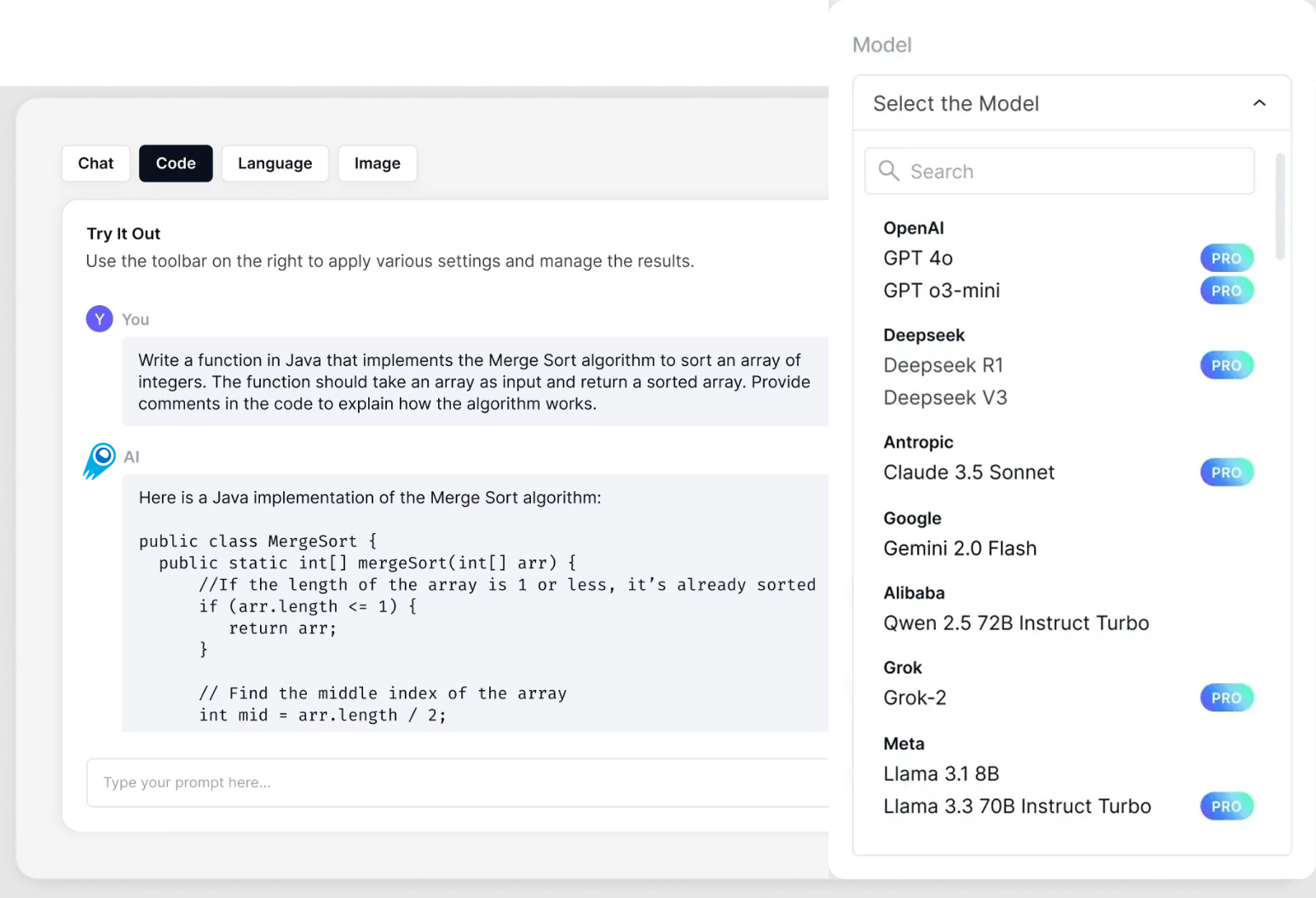MiniMax‑Hailuo‑02 API is an asynchronous, HTTP‑based service from MiniMax that lets developers generate professional‑grade, cinematic videos from either text or image prompts.Built on a diffusion‑transformer backbone, MiniMax‑Hailuo‑02 delivers photorealistic visuals, advanced physics simulation, and director‑level camera controls with consistent character rendering, and it ranks #2 globally on the Artificial Analysis benchmark.
Basic Information & Features
| Feature Category | Performance Description |
|---|---|
| Native Resolution | Natively outputs 1080 p (no frame interpolation) |
| Physics-Engine Comprehension | Supports realistic physical logic such as gravity, inertia, and acceleration |
| Complex Motion Processing | Can generate highly dynamic scenes (e.g., gymnastics, dance, combat) |
| Instruction-Parsing Ability | Accurately responds to combined prompts of scene settings + style constraints + motion trajectories |
| Stability | Significantly reduces clipping, tearing, and abnormal frame jumps |
Technical Architecture
At its core, MiniMax‑Hailuo‑02 is powered by the Noise‑aware Compute Redistribution (NCR) architecture, which redistributes computational resources based on scene complexity to boost efficiency and fidelity . This design achieves a 2.5× improvement in both training and inference efficiency compared to its predecessor, Hailuo‑01 . Additionally, the model incorporates a Mixture‑of‑Experts (MoE) framework, enabling dynamic specialization across diverse visual and motion sub‑tasks.
Technical details
- Model architecture & scale: MiniMax reports Hailuo-02 is a substantial upgrade over Hailuo-01 — roughly triple the parameter count and re-engineered for native 1080p generation (model scale + training improvements).
- Physics & temporal consistency: explicit design for physics simulation (fluid dynamics, object interactions, realistic motion), and frame-to-frame consistency for characters and props. These subsystems improve perceived realism versus earlier short-clip generators.
- Camera & cinematography controls: supports complex camera motion (pans, tracking, zooms) and director-style presets (e.g., “reel”, “tracking shot”) to help creators get professional staging without manual keyframing.
- Input modes: text prompts (full scenes), image→video (animate a provided still), and presets/“director” controls in higher tiers.
Benchmark Performance
- Global Ranking: Secured #2 on the Artificial Analysis Video Arena leaderboard, trailing only ByteDance’s Seedance but surpassing Google’s Veo 3 in quality‑per‑cost metrics.
- Comparative Fidelity: Demonstrated sharper detail and more vibrant color reproduction in natural scenes compared to Veo 3, making it ideal for documentaries and artistic visualizations.
- Throughput: Achieves up to 60 FPS equivalent rendering on standard A100 hardware, enabling rapid iteration for creative teams.
Model Versioning and Updates
Codename: Internally referred to as “Kangaroo” to signify its large leap in generative “jumps” of quality.
MiniMax‑Hailuo‑02 is offered in two operational modes:
- Standard: Prioritizes faster renders and lower cost, suitable for rapid prototyping and high‑throughput applications .
- Pro: Unlocks advanced physics simulations and higher detail, tailored for demanding cinematic and VFX workflows .
Both versions support customizable resolution and duration parameters, allowing developers to fine‑tune outputs to project requirements.
Limitations & known caveats
- Duration constraint: optimized for short clips (~5–10s). Long continuous sequences are not yet its strength.
- Audio & synchronization: current public builds and demos focus on visual fidelity; fully integrated, synchronized audio/voiceover pipelines were described as planned enhancements rather than built-in features in early releases.
- Artifact/edge cases: complex scenes with dense occlusion, high-frequency textures, or extreme low-light may still show artifacts; rigorous editorial oversight is recommended.
- Ethics & content policy risks: high realism raises deepfake and copyright concerns — production workflows must include provenance, consent checks, and moderation. (This is a general industry risk that applies strongly here.)
How to call minimax-hailuo-02 API from CometAPI
minimax-hailuo-02
minimax-hailuo-02| Price | $2.88 |
|---|
Required Steps
- Log in to cometapi.com. If you are not our user yet, please register first
- Get the access credential API key of the interface. Click “Add Token” at the API token in the personal center, get the token key: sk-xxxxx and submit.
- Get the url of this site: https://api.cometapi.com/
Use Method
- Select the “
minimax-hailuo-02 - Replace <YOUR_API_KEY> with your actual CometAPI key from your account.
- Insert your question or request into the content field—this is what the model will respond to.
- . Process the API response to get the generated answer.
CometAPI provides a fully compatible REST API—for seamless migration. Key details to API doc:
- Endpoint: https://api.cometapi.com/v1/video_generation
- Model Parameter:
minimax-hailuo-02 - Authentication:
Bearer YOUR_CometAPI_API_KEY - Content-Type:
application/json.
API Integration
Developers can access MiniMax‑Hailuo‑02 via a RESTful API, submitting asynchronous tasks for generation and retrieving results by task_id. Below is a cURL example:
bashcurl -X POST https://api.cometapi.com/v1/video_generation \
-H "Authorization: Bearer $YOUR_API_KEY" \
-H "Content-Type: application/json" \
-d '{
"model": "minimax-hailuo-02",
"prompt": "A futuristic cityscape at dawn with flying vehicles, dynamic camera pan",
}'
Upon success, the API returns a task_id, which can be used to poll the task-result endpoint and obtain the video_url once rendering is complete.
see also Veo 3


